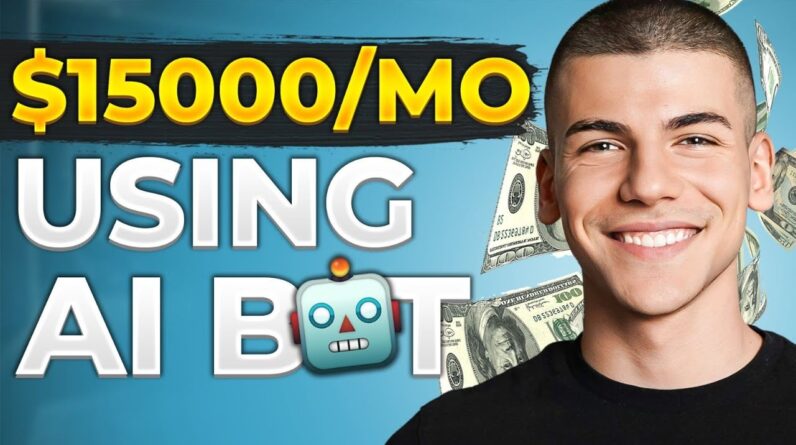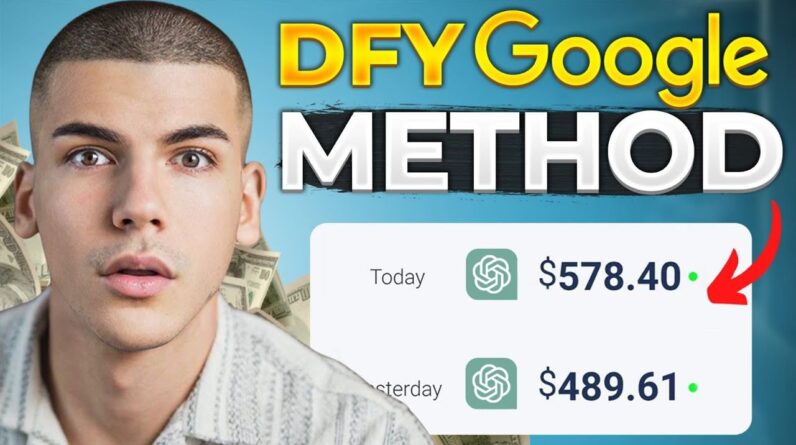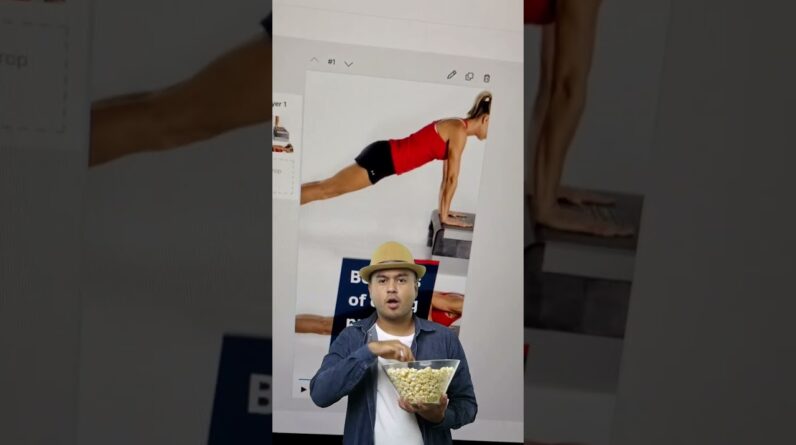[ Music – Intro] This is Robinson. He lived on a desert island for a long time. After his return to civilization, he noticed that everyone was talking about social media. But what is that? When Robinson moved to his island, the Internet (World Wide Web) was brand new. He asks his buddy Friday. Freitag says: There are many different offers. And all of them are called social media. Forums, webblogs, microblogs, wikis…
(audio track runs faster) Phew! And what do you need these applications for? On Friday, Robinson explains the basics : Social media refers to digital media and technologies that can be used to exchange information online and create content individually or collaboratively. You do this with comments or ratings on posts, but also recommendations, e.g. for restaurants or new films. So the users have relationships with each other. They form a community (community). That's why it's called social media. But other than that, the different applications don't have much in common. Each application needs something different. Forums: Users exchange views on various topics. Web blogs: Individual users write everything they can think of. Microblogs: Work similar to webblogs, but are much faster and more exciting.
WIKIS: open platforms that provide knowledge on specific topics. Social bookmark portals: help sort web content by topic. Evaluation and information portals: help with purchasing decisions, for example. Sharing portals: Here you can share different files with each other. But the superstar among social media are social networks. Robinson asks: Why is that? Social networks combine almost all other offers on 1 platform. Social media and thus also social networks bundle the knowledge of many users. So you can use "swarm intelligence".

Robinson wants to know: How do you make drinking water out of salt water? He simply asks the question to the community of his social network and immediately gets different answers to his questions. But this is one of the biggest weaknesses of social media. All the knowledge that is shared is difficult to verify. There are no scientific or journalistic standards. Users should always view information from social media critically. Another special feature of social media: Users use social media to influence their public image.
The users are the authors of the posts. They determine what they share and what information they share about themselves. They give a glimpse into their privacy and thus paint a certain picture of themselves in public. For example, Robinson might like the page "deserted islands are awesome" and post many videos and other posts on his profile with wilderness survival tricks. Other users would see these posts and recognize Robinson as a real outdoorsman. Whether that's true or not. Robinson writes such posts himself. From his profile and the profile of other users, there are not only posts from other users. Companies also make a lot of money on social media. The users voluntarily reveal a lot about their interests and hobbies. In this way, companies can tailor their advertising precisely to this information. But not only advertising for products ends up on the user profiles. For example, a computer program recognizes that Robinson is interested in the desert island conservation party. The party therefore sends content that he might like to his profile. The problem: other opinions are ignored and if he is not careful , Robinson quickly ends up in an information bubble and that is bad for the diversity of opinions.
We don't know whether the "news" is really real either. Robinson thinks: Social media offers many possibilities. But he also knows he has to be careful. If he ever has a question about social media, he asks Friday. cc www.spreadthesign.com.







